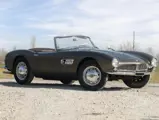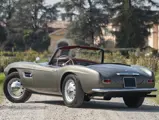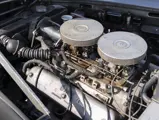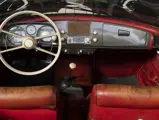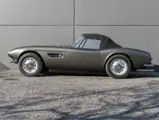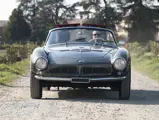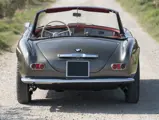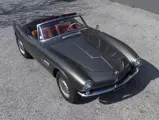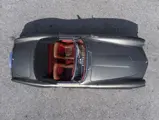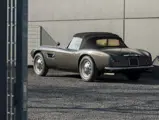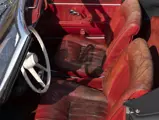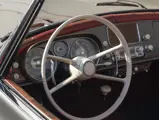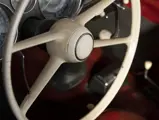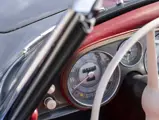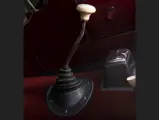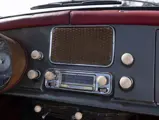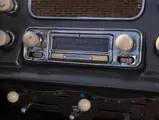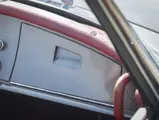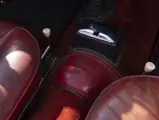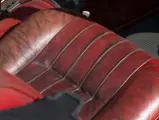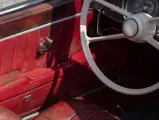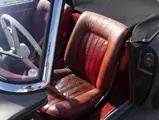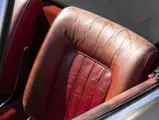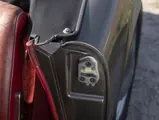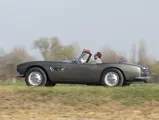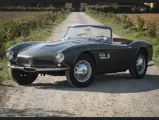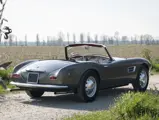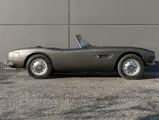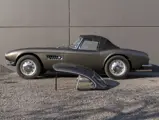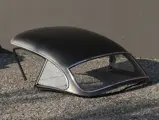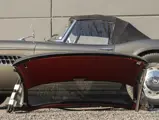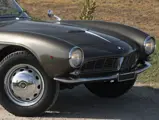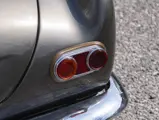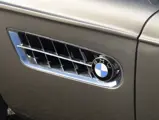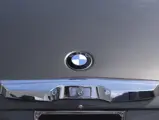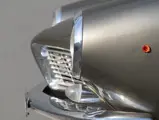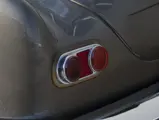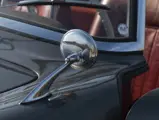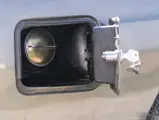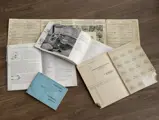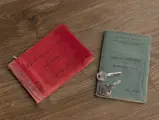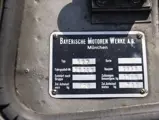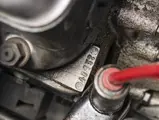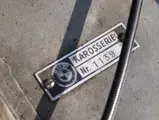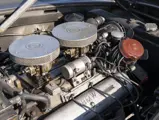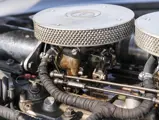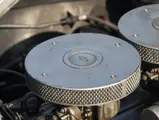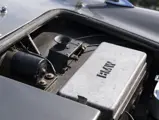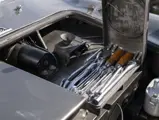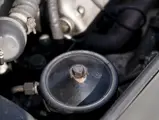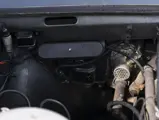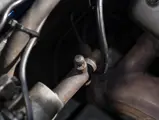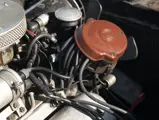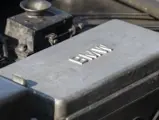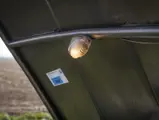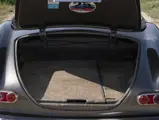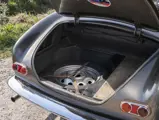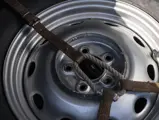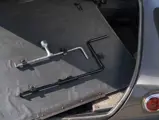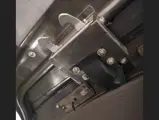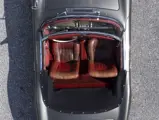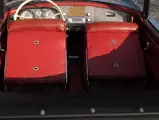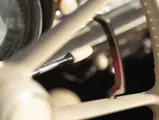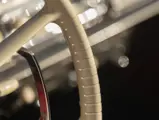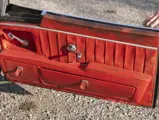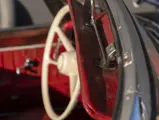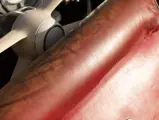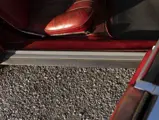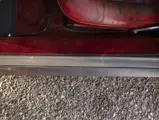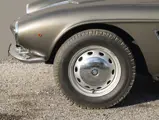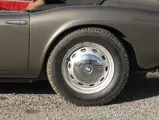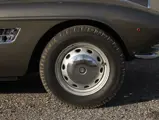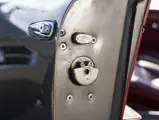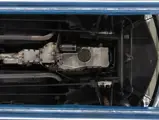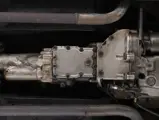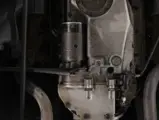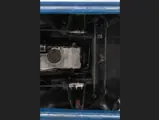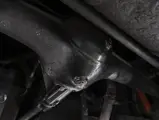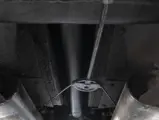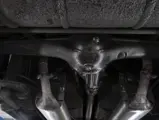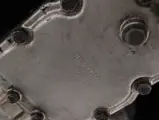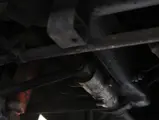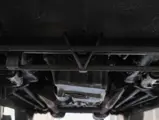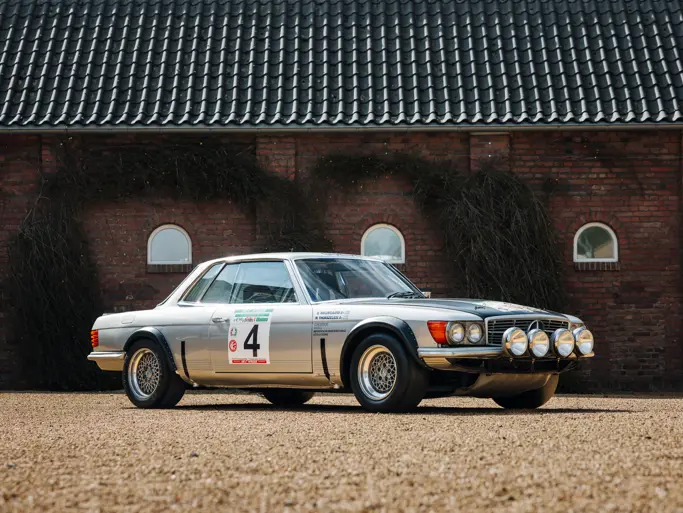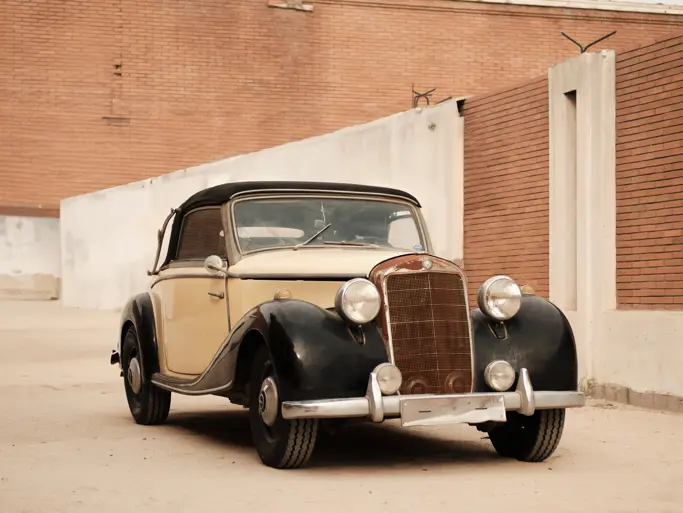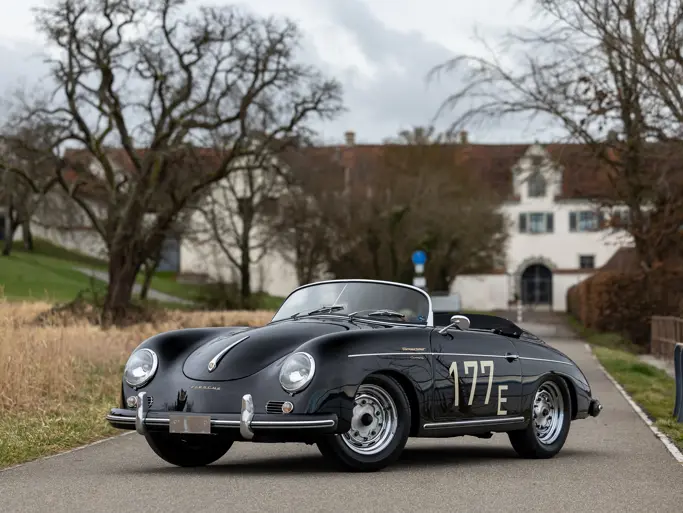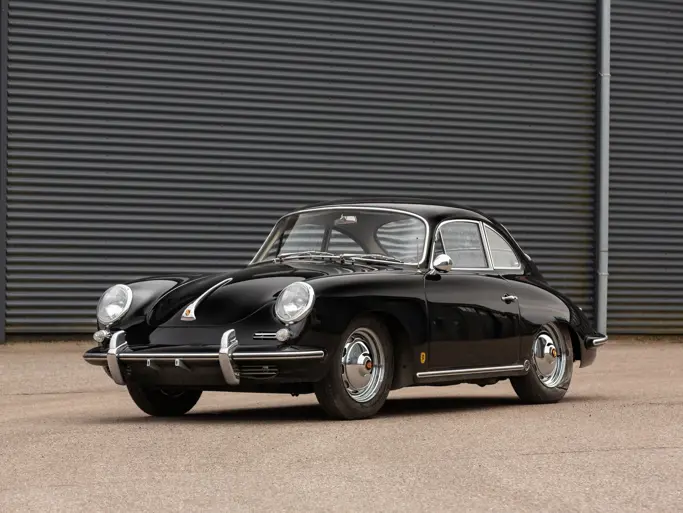Monaco 2022
1958 BMW 507 Roadster Series II
{{lr.item.text}}
€2,030,000 EUR | Sold
 | Monte Carlo, Monaco
| Monte Carlo, Monaco
{{internetCurrentBid}}
{{internetTimeLeft}}

- One of just 252 examples of BMW’s ultra-desirable and effortlessly chic V-8-powered sports car
- Matching-numbers chassis and engine, confirmed by BMW Classic
- A Series II car, benefitting from greater cabin space and a period conversion to front disc brakes
- Equipped with its incredibly rare original hand-crafted aluminium hardtop
- Accompanied with a set of owner’s manuals, workshop manual, radio manual, and on-board tools
- More than half a century spent in the care of its second owner
The North American market was sometimes something of a mystery to European manufacturers, who relied on their local importers to keep them in touch with evolving tastes and new opportunities. Occasionally, these relationships spawned all-new models, such as the Ferrari 250 GT SWB California Spyder. Luigi Chinetti wasn’t alone: in New York, Austrian-born automotive importer Max Hoffman—who had introduced the American public to the likes of Jaguar, Mercedes-Benz, and Porsche—hatched a plan for BMW to produce an all-new sports car, at a suggested $5,000 ticket price that would bring in new customers without affecting sales of the cheaper Porsche 356 and more expensive Mercedes-Benz 300 SL.
Unveiled in 1955 and entering production just over a year later, the 507 featured a shortened version of BMW’s 501-series chassis, with double wishbone and torsion bar front suspension, a Panhard rod-located live rear axle, and Alfin drum brakes at each corner. At its heart lay a 3.2-litre Type M507/1 engine—a jewel of a V-8 based on that of the 503 GT model that offered an improved 150 horsepower thanks to a higher-lift camshaft, revised ignition timing, and a higher compression ratio. Styling was led by fellow New York resident and close associate of Hoffman, Albrecht von Goertz, who penned an elegant, shark-like open design formed in aluminium and accented with lavish chrome fittings, that was aimed squarely at Sunset Boulevard and the Hollywood set.
More boulevardier than racer, performance on paper lagged that of its more expensive Teutonic rival both in terms of acceleration from rest and top speed. Nonetheless a spirited performer, the 507 was capable of reaching 60 mph in around 11 seconds with a top speed of around 125 mph—but it’s the way it delivered that power that made it special. With torque in abundance, the BMW could comfortably outpace the 300 SL from 40-80 mph in top gear.
By mid-1957, and after the production of just 34 retrospectively titled Series I cars, the 507 underwent revisions to improve cabin and boot space. In addition to offering greater room for driver, passenger, and their luggage, the Series II featured a re-worked dashboard and a more discretely stowed fabric roof. With the changes came a higher asking price of $10,500—more than double Hoffman’s suggested retail figure. As a result of that eye-watering sum, the BMW 507 would remain one of the most exclusive and elusive sports cars of the era, with just 252 examples being built before production ended just three years after it had begun.
Chassis 70140 is a fine example of the more usable Series II 507, completed in 1958 and finished in Graphit before being delivered to Italian BMW concessionaire Allessandro Paolini of Casa dell’ Automobili in Rome on 4 June of that year. Just over 12 months later, on 16 June 1959, the 507 was sold to Professor Luigi Beltrametti, who made good use of the car in the early years of his ownership: a service stamp indicates that the car had covered 5000 km by April 1960. After six years of enjoyment the BMW passed into the hands of Giannantonio Panigoni, leaving his ownership—and into that of close friend Franco Ziliani—for a brief spell between 1967 and 1971. Likely an arrangement of convenience, fascinating correspondence between Panigoni and BMW suggests that the car was still in the Italian’s care in 1970. Evidently an enthusiastic driver and hands-on owner, Panigoni details in his letter a conversion to front disc brakes, while also requesting from BMW a longer-geared 3.42:1 rear axle, a full set of gaskets, plus a workshop manual—though to little avail. Further period correspondence suggests that the car benefitted from the attention of renowned restored Giancarlo Cappa, including a repaint of both body and dashboard in Grigio Anthrazit Metallic: 'I accepted the job because I love the 507,' writes Cappa, 'I thought it would have made me feel gratified.'
Today, the 507 presents in wonderful useable condition, with the still smart, refreshed paintwork contrasting beautifully with a patinated red leather interior. This sets the tone for a cabin punctuated with period appointments, including a desirable Becker Brescia radio housed in the larger, more practical Series II dashboard, which benefits from a centrally mounted speaker and relocated passenger grab handle. An email from BMW Classic confirmed that both chassis and engine numbers noted at time of cataloguing match BMW build records, and while body numbers weren’t documented in factory ledgers, the bonnet, boot lid, fuel filler cap, and ultra-desirable aluminium hardtop all feature the same three-digit serial number.
A long-term resident of Italy, having remained in the care of Giannantonio Panigoni for more than half a century, this BMW 507 has nonetheless proved well-travelled and has been shared with the public at every opportunity. While in Panigoni’s ownership, the car took part in numerous rallies, highlights including an anniversary tour to mark 50 years of the 507 in September 2005, and an outing to the BMW Festival in Munich in 2016 to celebrate the centenary of the marque.
Few 1950s sports cars stir the emotions in quite the same way as a BMW 507, such is its perfectly judged combination of glamour, performance, and style. With celebrity owners ranging from Elvis Presley to Ursula Andress, the 507’s rarity was always a reflection of cost rather than desirability and, as time has gone on, both have continued to increase. Effortlessly chic, highly exclusive and truly usable, a car of such unparalleled provenance as chassis “70140” presents an opportunity not to be missed.

